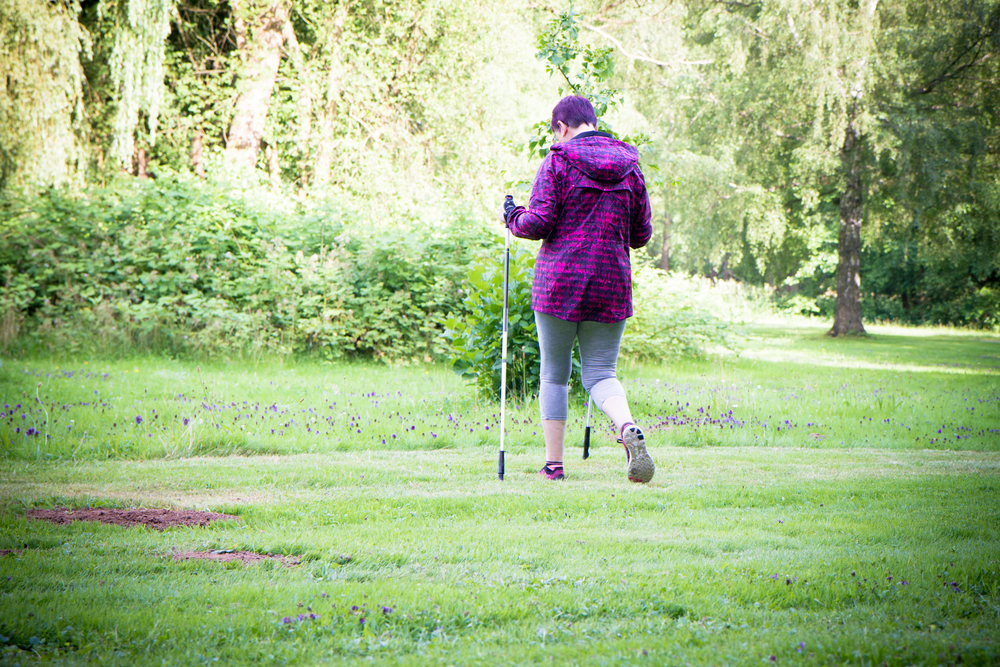Physical Activity Crucial for Idiopathic Pulmonary Fibrosis Patients, Study Reports
Written by |

Physical inactivity and low blood-oxygen levels during periods of exercise predict poor survival in patients with idiopathic pulmonary fibrosis (IPF), according to researchers at the Rabin Medical Center in Israel.
The study, “Physical Activity and Exertional Desaturation Are Associated with Mortality in Idiopathic Pulmonary Fibrosis,” published in the Journal of Clinical Medicine, underscores the importance of assessing physical activity and oxygen desaturation to identify high-risk patients. It also links even low levels of exercise to a reduced risk of death, demonstrating that interventions to increase the amount of exercise, as well as lung rehabilitation programs, might change the course of the disease.
Earlier studies have shown that patients with oxygen saturation levels of less than 88 percent during the 6-minute walk test are at higher risk of death. These patients also tend to be less physically active. However, few have investigated the impact of physical activity in lung fibrosis patients.
The research team followed 34 people with lung fibrosis for 40 months in a registered clinical trial (NCT01499745). Patients did not have any other severe chronic conditions. Out of the 34 patients who entered the study, 11 were in late disease stages and died before it ended.
Researchers measured physical activity using a questionnaire that standardized reported activity using points called metabolic equivalent task (METS). A higher score indicated more strenuous exercise (walking, for example, was equivalent to 3.3 METS). The team also measured oxygen saturation during the 6-minute walking test — a standard test of exercise capacity to assess the severity of the lung condition.
Analysis revealed that physical activity of fewer than 417 METS-minutes per week was linked to significantly poorer survival. This corresponds to about 100 to 150 minutes of moderate activity per week.
Oxygen saturation levels of 90 percent or less were also associated with poor survival. Essentially, this means that individuals with little physical activity and low oxygen saturation were most likely to die early.
Worse performance on the 6-minute walking test is a well-known predictor of poor survival, and in this study, researchers observed that the performance on this test and the amount of physical activity was linked. This shows that exercise is beneficial also for patients with lung fibrosis, improving the prognosis of their condition.
“These results underscore that even low levels of PA [physical activity] corresponding to 100-105 min/week were associated with a reduced mortality risk and better survival in IPF,” they concluded.






